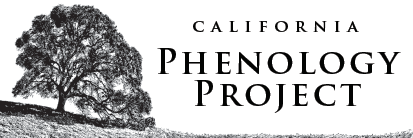An herbarium is a research and education center much like a museum or a library, but where plants that have been collected from all over the world are curated and stored for hundreds of years. At many herbaria, researchers and educators also organize expeditions, field courses, and conservation activities. In essence, herbaria are extensive repositories of biological information from which we can learn more about plants, their ecology and evolution, and their relationship with the environment.
Although herbarium collections have been used in scientific research for many decades, scientists have only recently turned to herbarium collections to study climate change. With over 600 herbaria in the U.S. containing over 260 million specimens, this field of research promises to grow rapidly.
With this in mind, CPP scientists and educators created the resources on this page to inform other scientists, educators, and students about how phenology is being studied in herbaria to learn more about the historical context of ongoing climate change.
A primer on herbarium-based phenological research (1.5MB)
This 19-page guide provides an overview on herbaria and how they’re used to study phenology and climate change. Photos, details, and suggestions are provided so that readers can initiate their own phenological research and education projects in nearby herbaria.
Skeletons in the Closet -- an herbarium-based phenology data activity
Step-by-step guide (3MB) | Data set (19KB)
Using a data set derived from herbarium specimens collected in California from 1906-2009, you’ll be guided step-by-step through the processes of organizing, summarizing, visualizing, and analyzing the data using Microsoft Excel. An introduction in the guide provides background on herbaria, the motivations behind the research project, and the structure of the data set. Discussion questions and suggestions for continued learning are included for each section.





